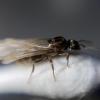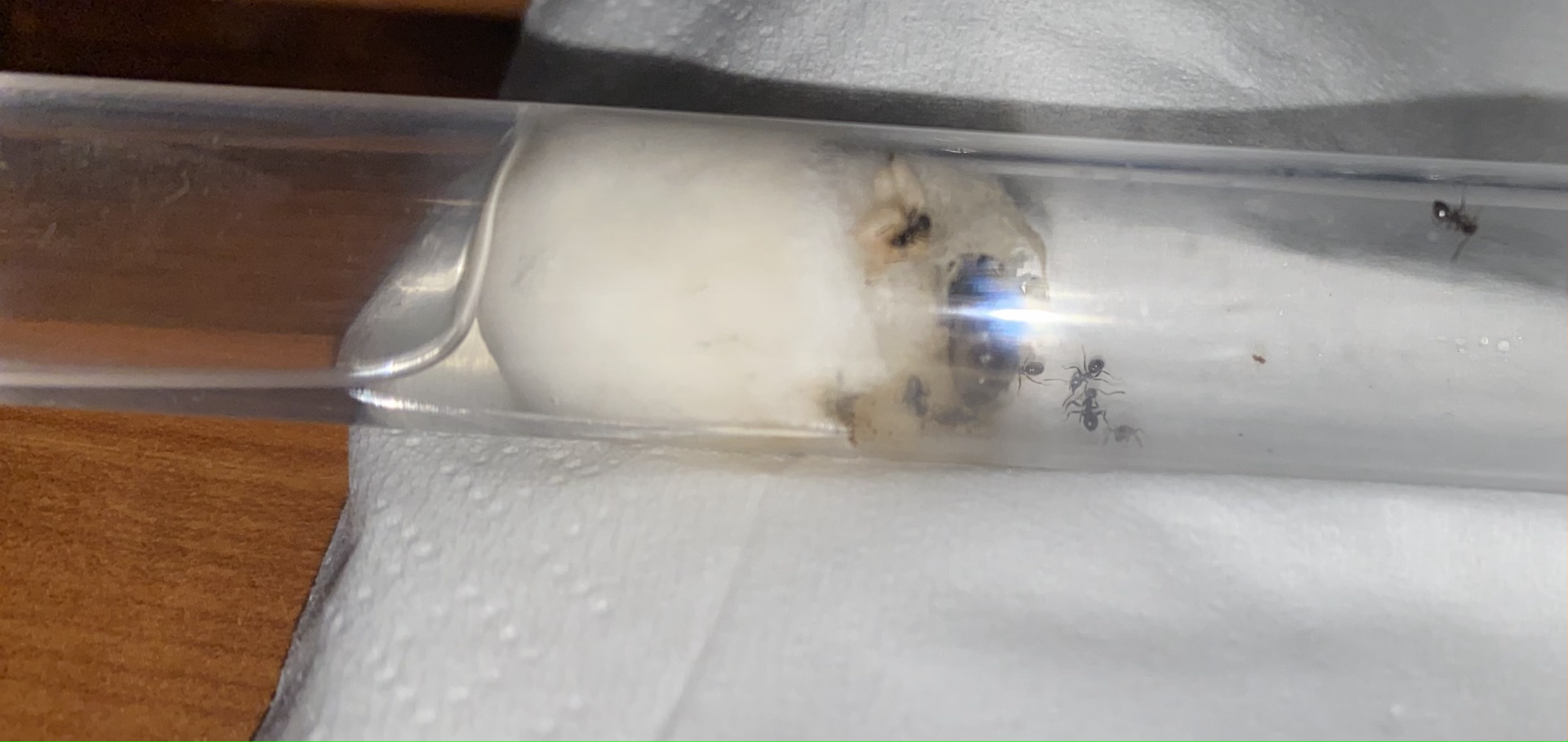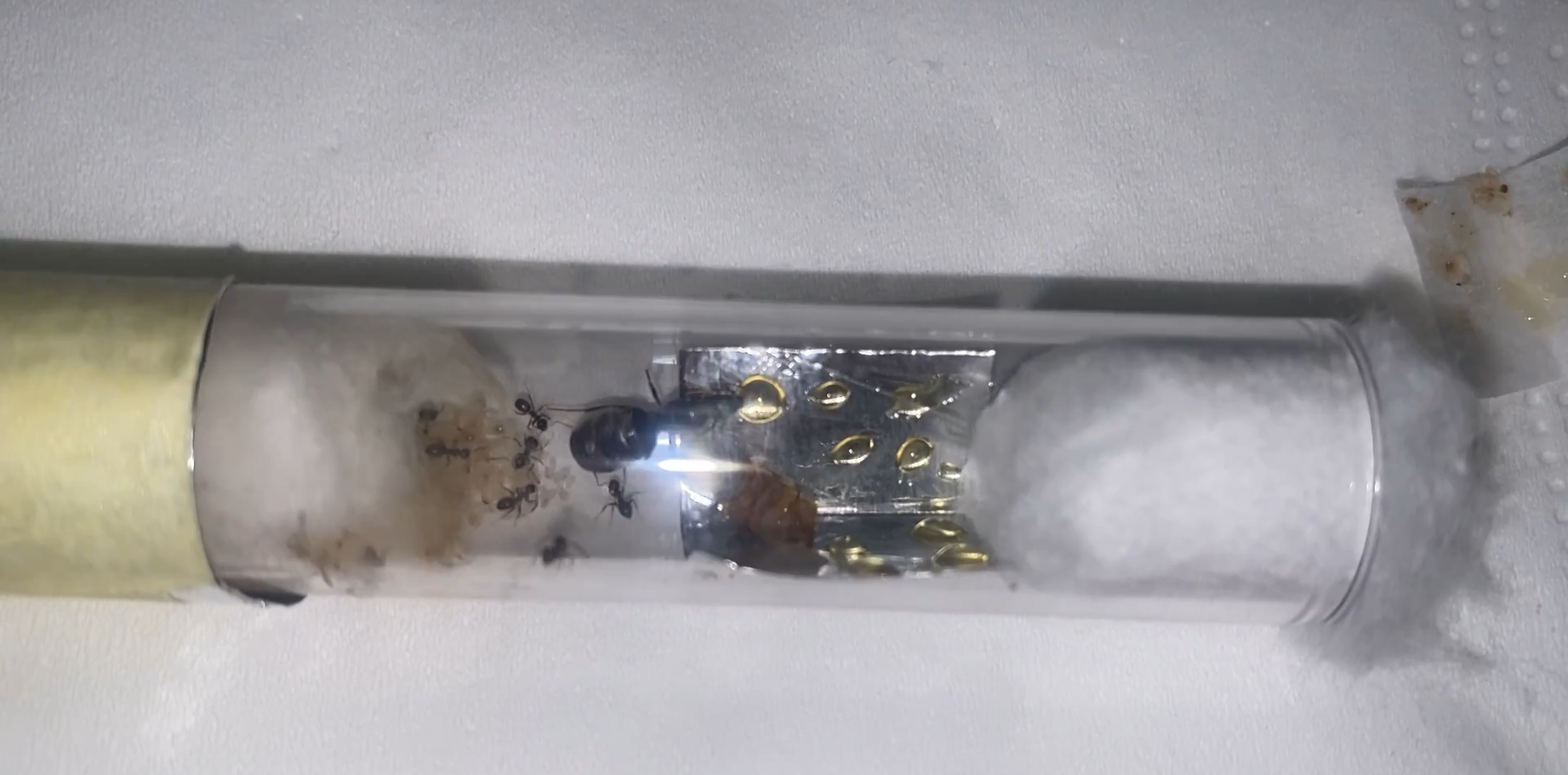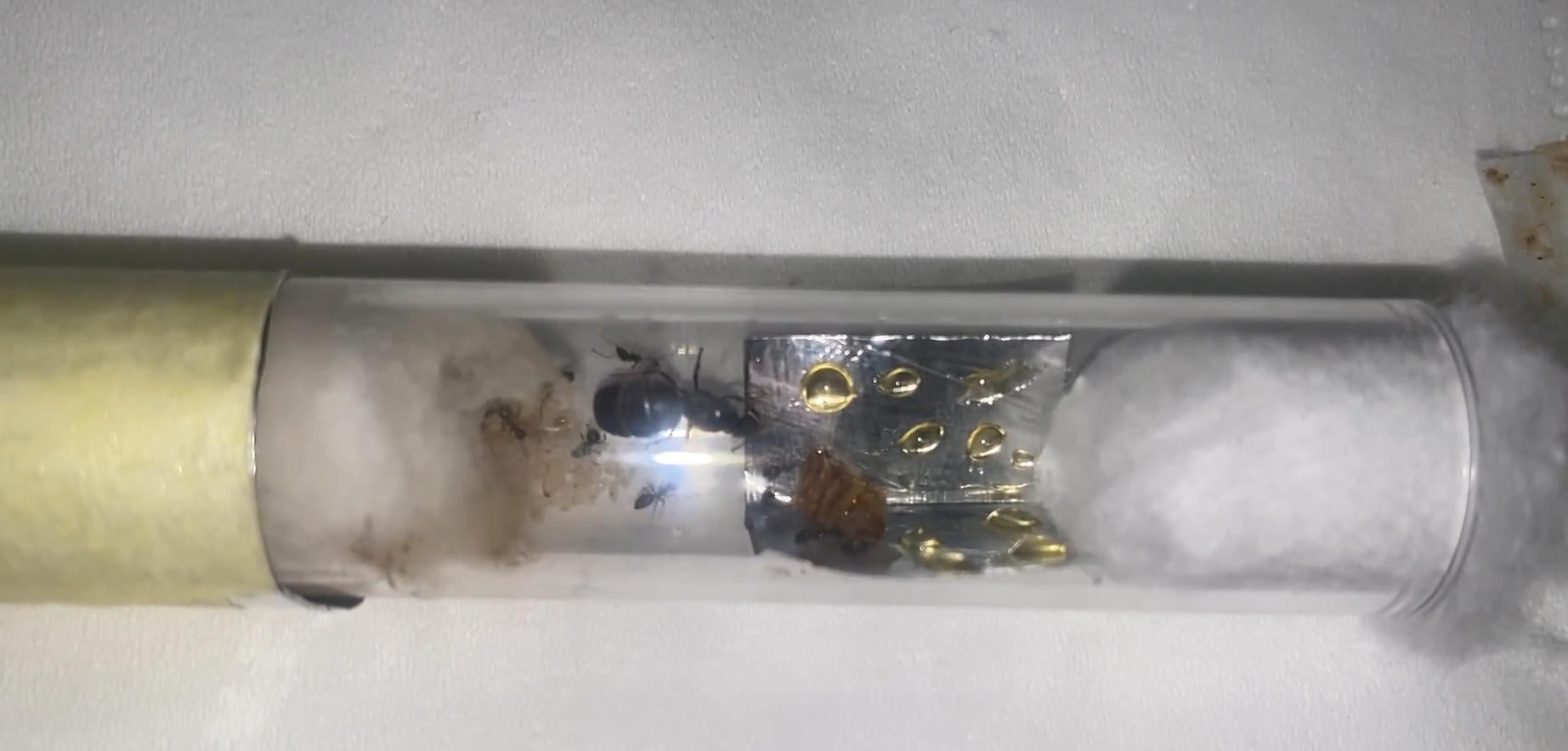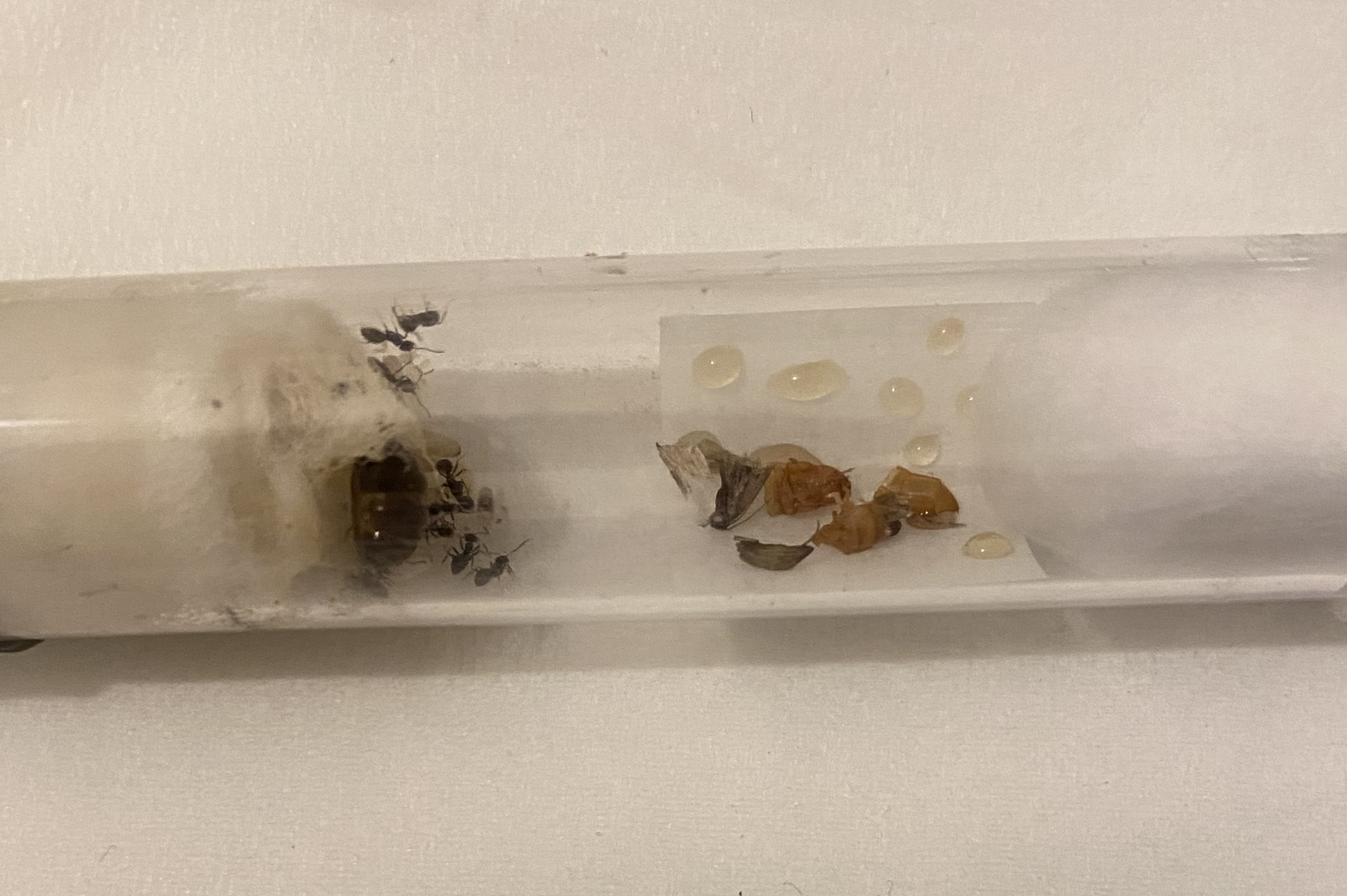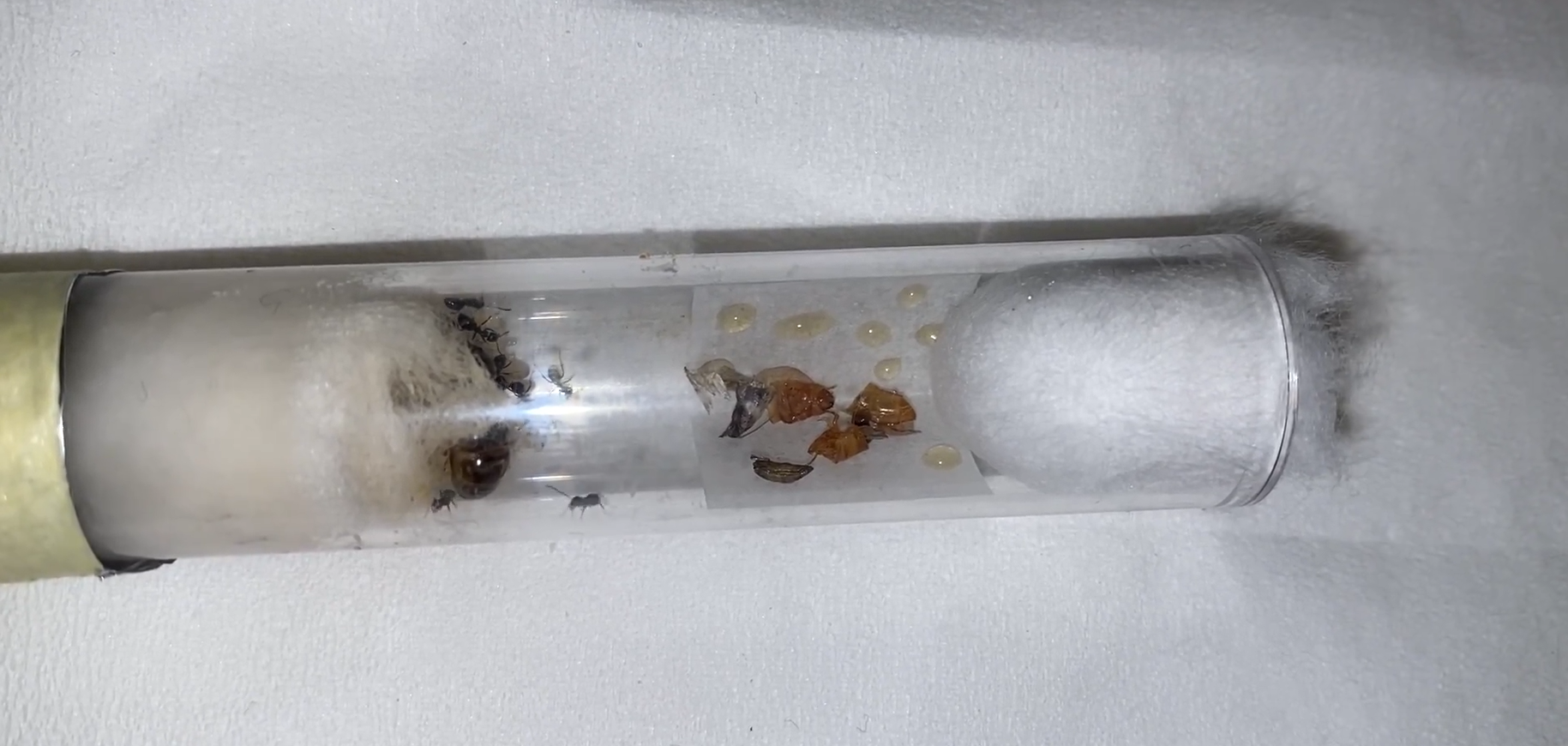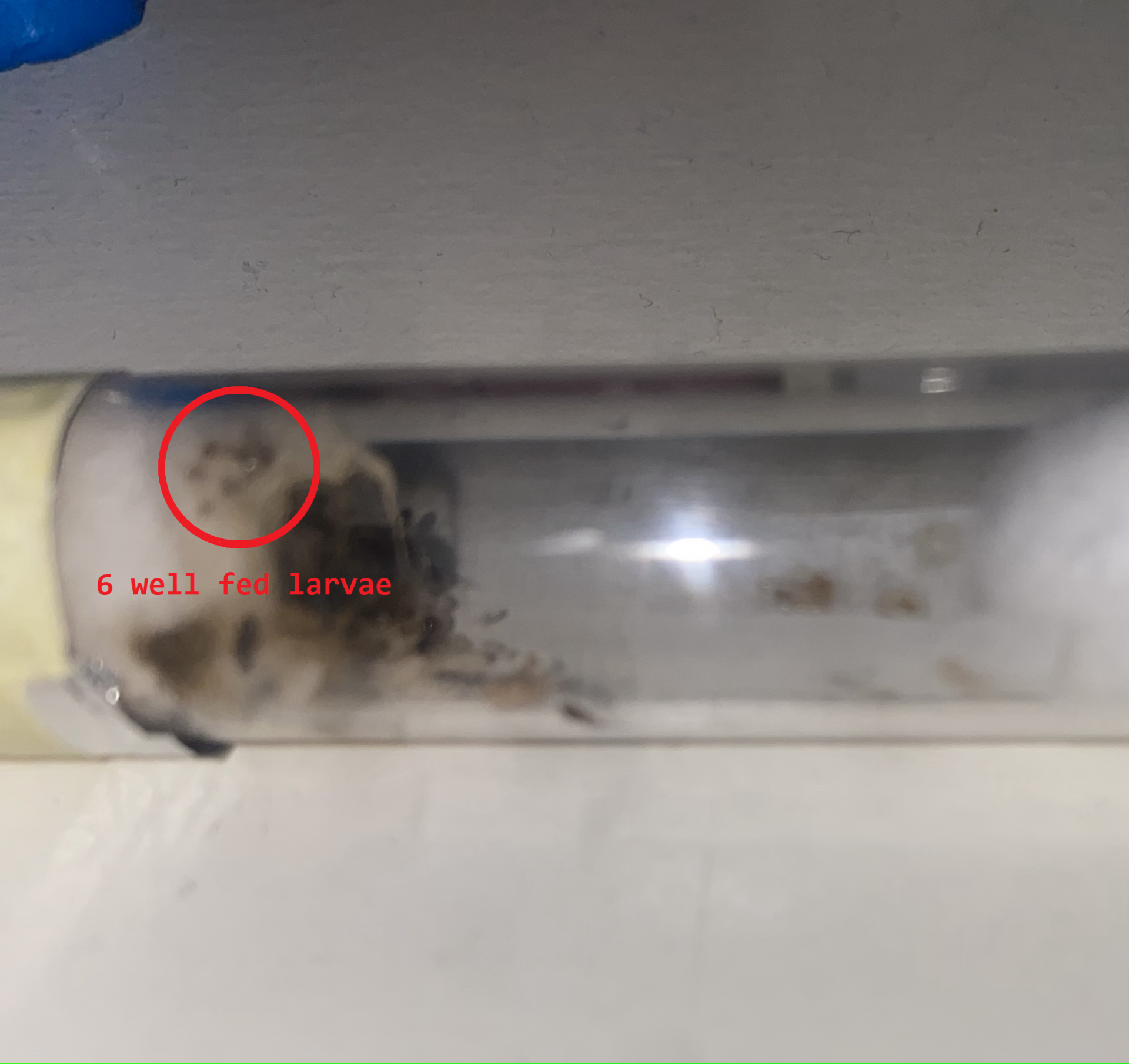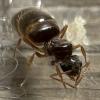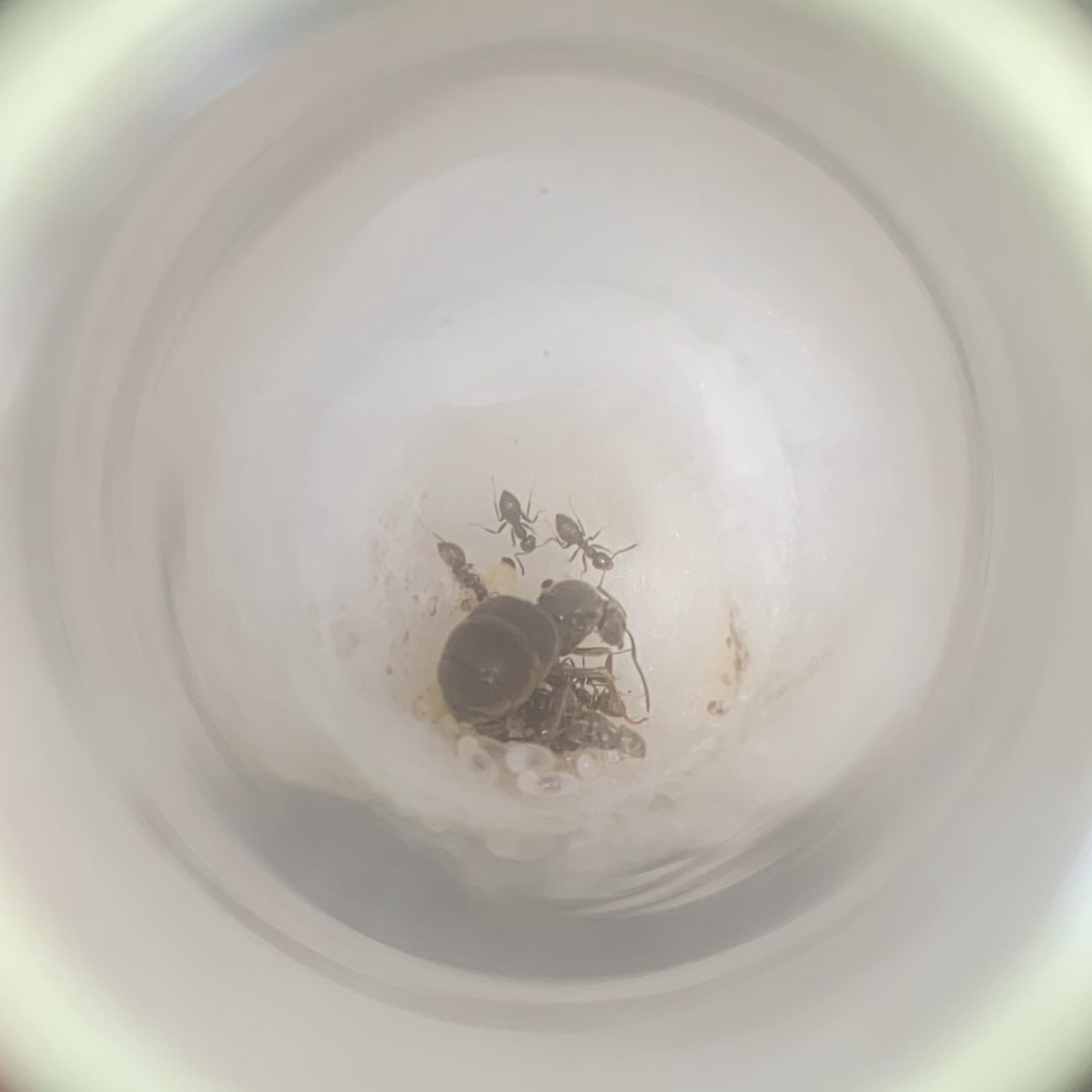Hi there, I'm really new to this hobby and, to keep it shortly, I'm faced with a slight dilemma here:
I've got this extremely youg colony of L.Niger with about 12 nanitics, 6 well fed larvae kept on a cotton "cradle" thingy, and around a dozen of pupae (as of my last "census" 2 days ago) and, from what I've read, I should start to ease them into diapause by putting them in a fridge and basically forget about them from November all the way to February;
the big problem is that the small test tube they're in is running out of it's short water supply (only now the longer, glass test tubes I've ordered arrived) and it'll surely run out before next year or even December.
So I don't know what to do, should I leave them in there? attempt a rehousing with this stubborn species? give them already an outworld with some water or what else?
Also, about the fridge induced diapause: how should I do that? Do I need to slowly lower the temperature? aren't 5°C too cold? should I worry about consensation and frost forming inside the test tube? Should I wait until all the larvae and pupae turn into workers? And does the first diapause of this colony have to really be so harsh and last that long?
Down below are some pictures poorly taken with a phone to, hopefully, make the situation clearer.
Here is the frighteningly shortening water supply
Here are two pictures from a feeding I did 3 weeks ago
Here is last week's feeding
And the cute little cradle full of larvae


